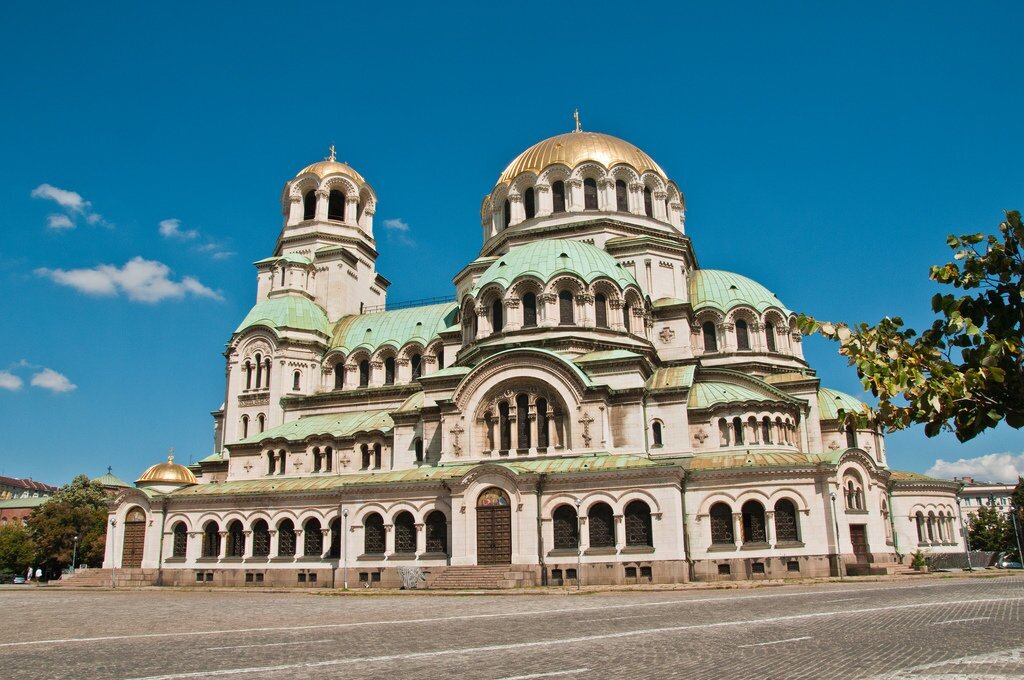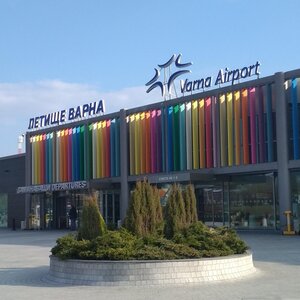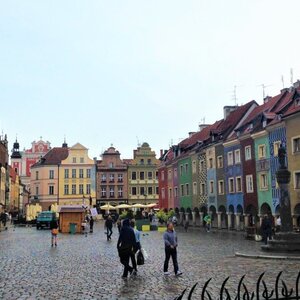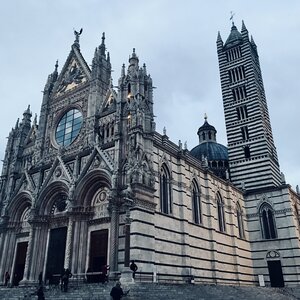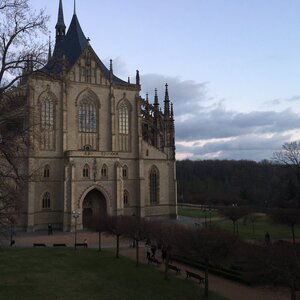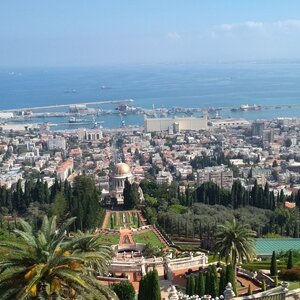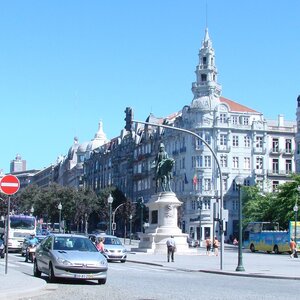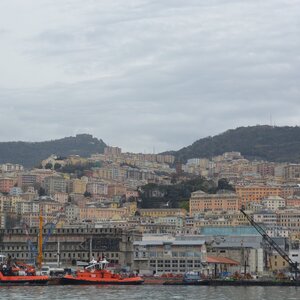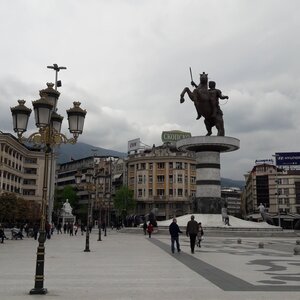The local currency is the Bulgarian lev (BGN). It is worth about 37 rubles, 0.51 € or 0.57 $.
Useful: How to get from Sofia Airport to the city center
Hagia Sophia Cathedral (Temple of Light Sophia)
In honor of Bulgaria’s main cathedral, the city got its modern name «Sofia», which means «wisdom».
The first church was built in the IV century, completely destroyed by barbarians and rebuilt in the VI century. Big restoration was carried out in the early XX century. Nowadays you can see part of the foundation and necropolis of the ancient church, which is 15 centuries old.
- Admission is free
- Opening hours: from 07:00 to 19:00
- Website
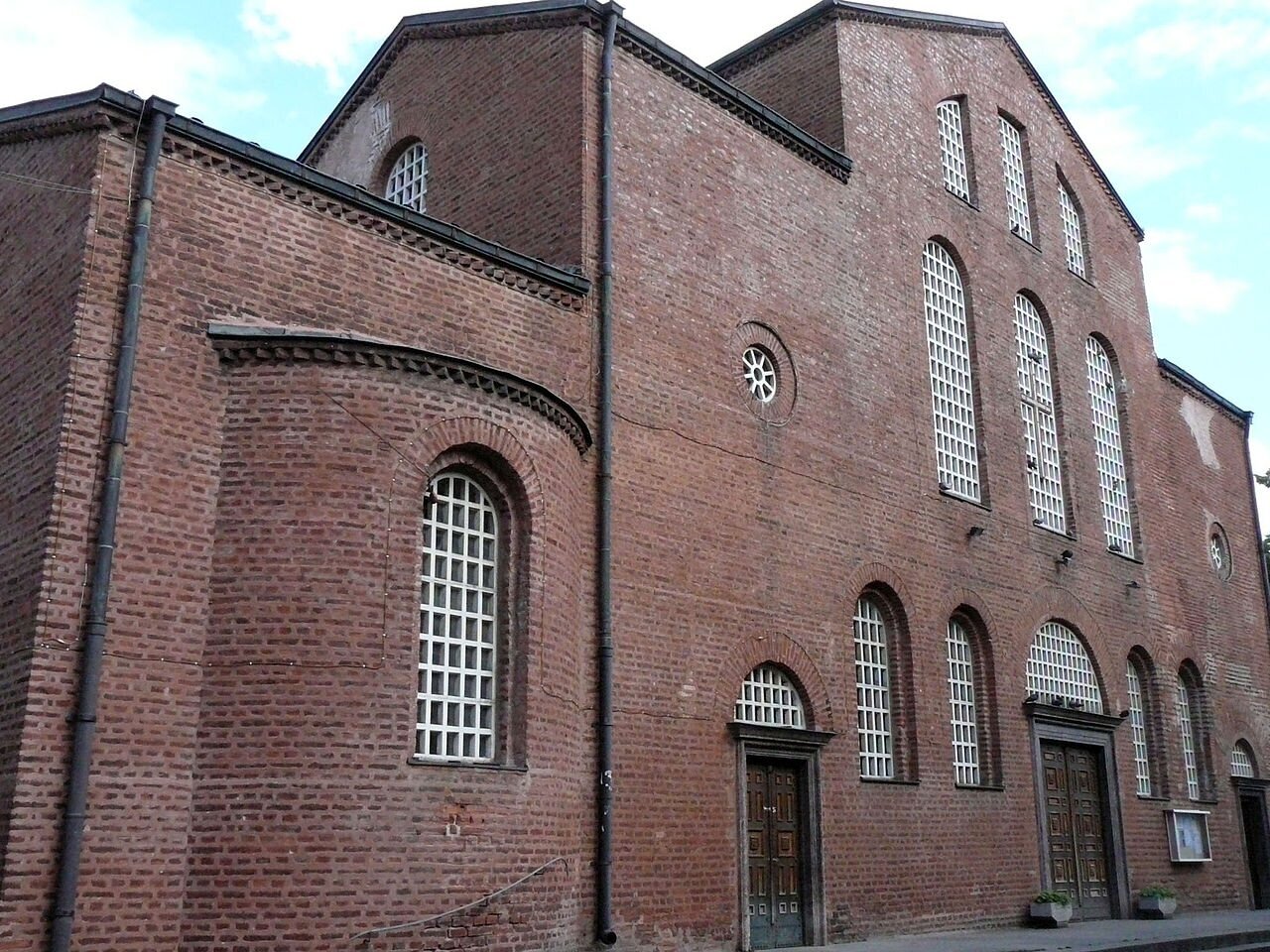
Cathedral of St. Alexander Nevsky (Katedrala Sveti Aleksandar Nevski)
The second most important church in Bulgaria was erected in the late XIX century on the occasion of the liberation of the country from the Ottoman Empire, in honor of Russian soldiers who died in the war. By area it is considered the second on the Balkan Peninsula, accommodates up to 5000 parishioners. It is this temple that is called the visiting card of the city.
- Admission is free
- Opening hours: from 07:00 to 19:00. Liturgies Fri — 8:00 and 17:00, Fri — 17:30, Sat — 18:00, Sun — 09:30.
- Website
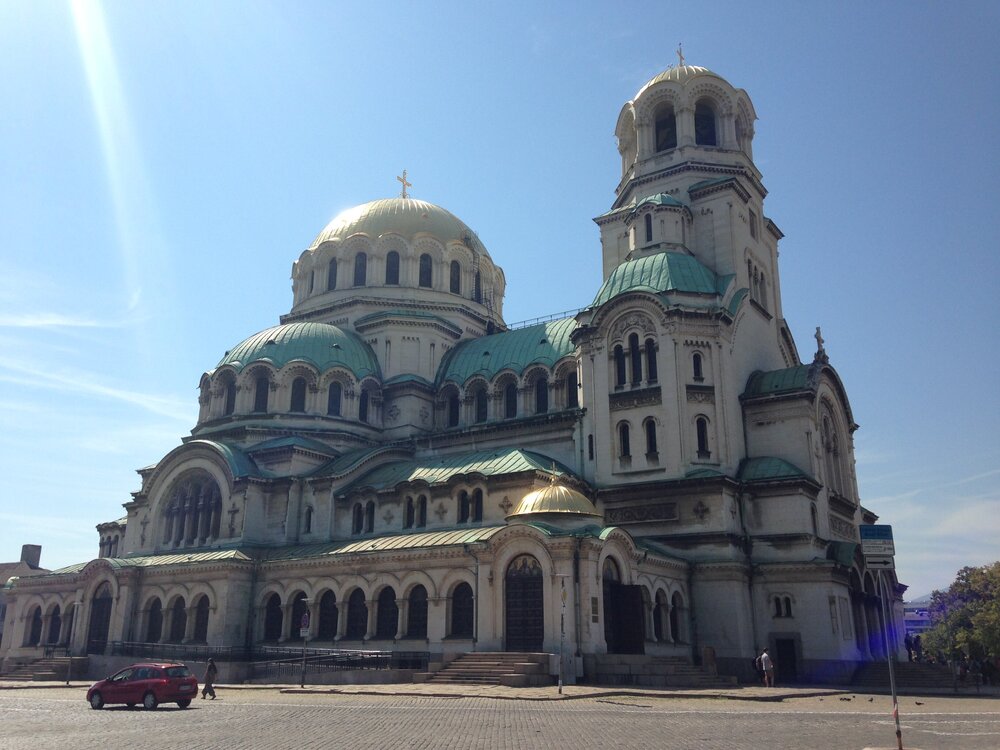
Serdika Amphitheater (Amphitheater Serdika)
Imagine that the largest amphitheater of the Eastern Roman Empire in the III–IV centuries was discovered only in 2004 during the construction of a hotel. The local authorities had no money to study the discovery, and the hotel was built after all. By agreement, the excavated part was not touched, but left as a gallery on the ground floor. By the way, the original name was changed to Hotel Arena di Serdica.
- Admission is free
- Opening hours: round the clock
- Website
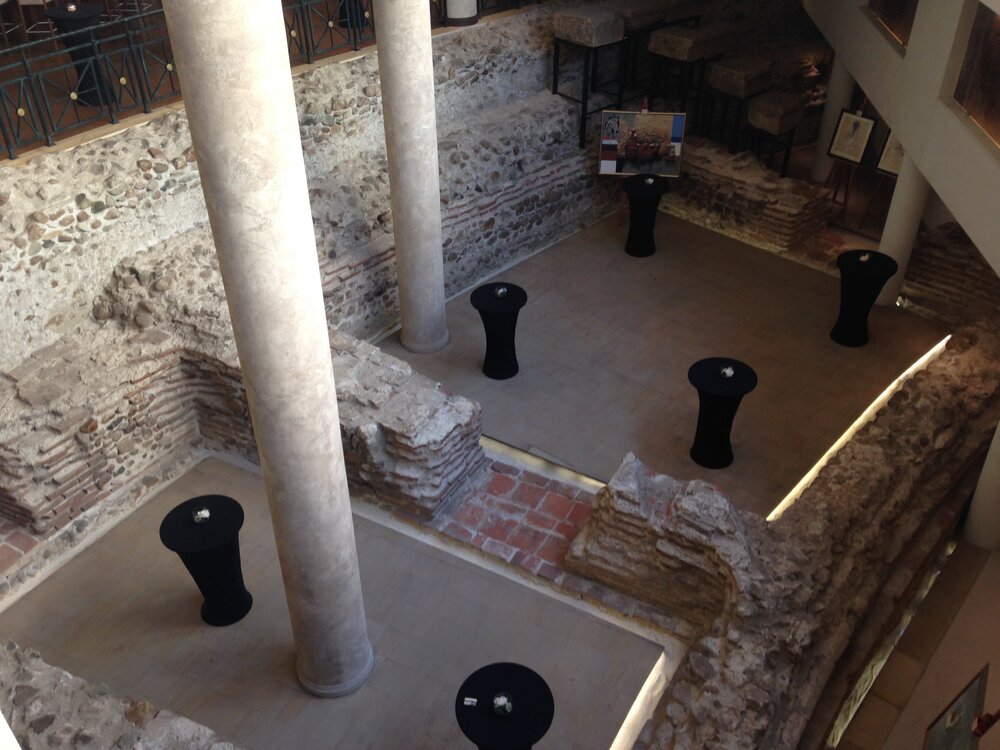
St. George Rotunda (Sveta Georgi Rotunda Temple)
The oldest church in the city was built in the 4th century and has survived 16 centuries of war and destruction. Be sure to go inside and study the ancient frescoes from the 10th century, which were painted over by the Ottomans during the years of occupation. Outside the church are stone elements of other buildings of the ancient town of Serdika.
- Admission is free
- Opening hours: from 08:00 to 18:00
- Website

Shrine of Holy Week (Shrine of Light Week)
The original building dates back to the 10th century, but the modern church was built in the middle of the 19th century. It was erected in honor of the holy martyr Kiriakia of Nicomedia, which in the Balkans is called Holy Week. In 1925 there was a terrorist attack here — a bomb exploded, they tried to kill Boris III. The Tsar survived, but the church was badly damaged. Frescoes in Byzantine style have been preserved on the walls.
- Admission is free
- Opening hours: from 08:00 to 18:00
- Website
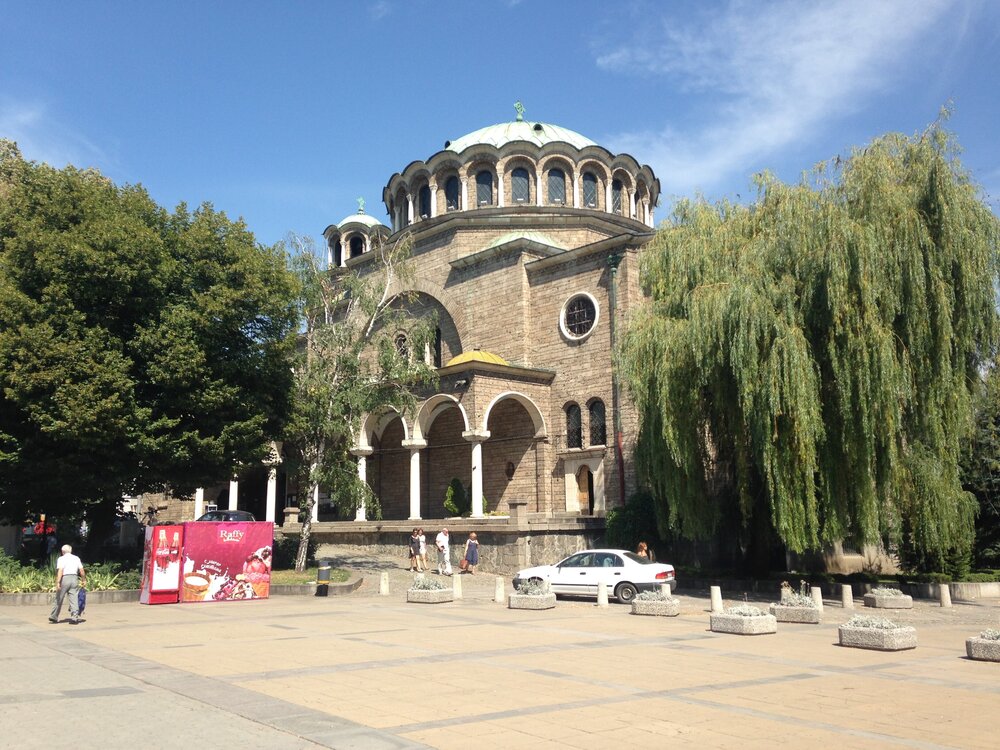
Vitosha Boulevard (Vitosha Boulevard)
Sofia’s main street, the center of attraction for locals and tourists, is lined with the trendiest cafes, restaurants and stores. You can sit down on a bench and plan your route to the Vitosha mountain range, which is perfectly visible from here.
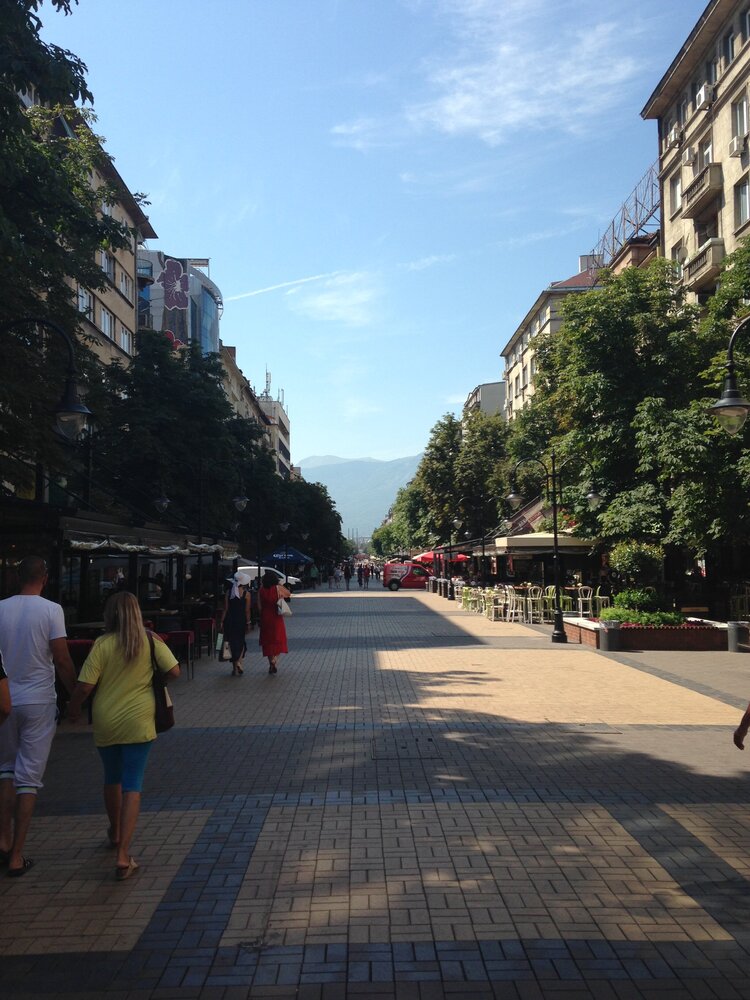
Vitosha mountain range
Not every European capital can boast of having a ski resort just 10 km away. The mountain range stretches for 19 km and the highest point is the Czerny Wrych mountain (2290 m). Skiing and snowboarding in winter and mountain biking in summer. There are 50 hiking trails. The Simeonovo gondola elevator takes you to the summits.
From the top you can enjoy a magnificent panorama of Sofia. Keep in mind that it is 8—10 degrees cooler at the top.
- How to get there: take the metro to the station «Business Park», then take a free bus to Sofia Ring Mall (runs every 30 minutes from 09:00 to 22:30), then walk about 10—15 minutes to Simeonovo ski elevator station.
- Elevator cost: 17 BGN round trip
- Hours of operation: from 10:00 to 17:30
- Website


Bojanski Falls (Bojanski Falls)
In the Vitosha mountain range there is another attraction — Bojanski waterfall with a height of 20 meters. It takes about 40 minutes to reach the waterfall along a forest path, so you need comfortable shoes. You can approach it from two directions: from above from the park or from below from the bus stop No. 64 «Bojanskoto khanche».
The best time to visit is in the spring after the snow melts or just after a rainstorm.
- Admission is free and there is no time limit
Archaeological Institute and Museum (National Archaeological Institute)
Not surprisingly, the ancient city is home to an archaeological research center and a museum with the richest collection of finds on the Balkan Peninsula. The pride of the museum is the Lukovite Treasure: a set of gold pieces from the Thracian period. It was found in 1953 and dates back to the time of Alexander the Great (400 BC). The building itself is included in the list of monuments of architecture and culture in Bulgaria.
- Admission: adults 10 BGN, schoolchildren, students and pensioners 2 BGN, children under 7 years old — free of charge
- Hours of operation: from 10:00 to 18:00
- Website
Central Mineral Bath (Regional Historical Museum Sofia)
The building of the former mineral baths hosts exhibitions of antiquities and modern exhibits, as well as cultural events. The Neo-Byzantine building with its huge domes is one of Sofia’s most photogenic sights. There are gardens all around, and the central fountain has a hot natural mineral spring and is drinkable.
- Admission: adult 8 BGN, schoolchildren, students and pensioners 2 BGN, children under 7 years old — free of charge
- Opening hours: from 10:00 to 18:00 (Monday — day off)
- Website

National Art Gallery (National Art Gallery)
The main exposition is more than ten thousand works of painting, sculpture, graphics and decorative and applied arts. The collection includes Rembrandt, Goya, Chagall, Picasso, Dali and Rodin.
The modern extension called «Kvadrat 500» opened in 2015 and presents more than 40 thousand exhibits of Bulgarian and foreign artists in 28 halls on four levels.
- Admission: adults 10 BGN, schoolchildren, students and pensioners 5 BGN, children under 7 years old — free of charge
- Opening hours: from 10:00 to 18:00 (Monday — day off)
- Website
National Palace of Culture (Natsionalen Palace na Kulturata)
The multifunctional complex for 8000 people was built in 1981 in honor of the 1300th anniversary of the state of Bulgaria. It is considered the largest in South-Eastern Europe, with an area of 123 thousand square meters. meters. Events and concerts are held here almost every day.
- Opening hours: weekdays from 09:00 to 19:00, weekends from 10:00 to 19:00
- Tickets and schedule
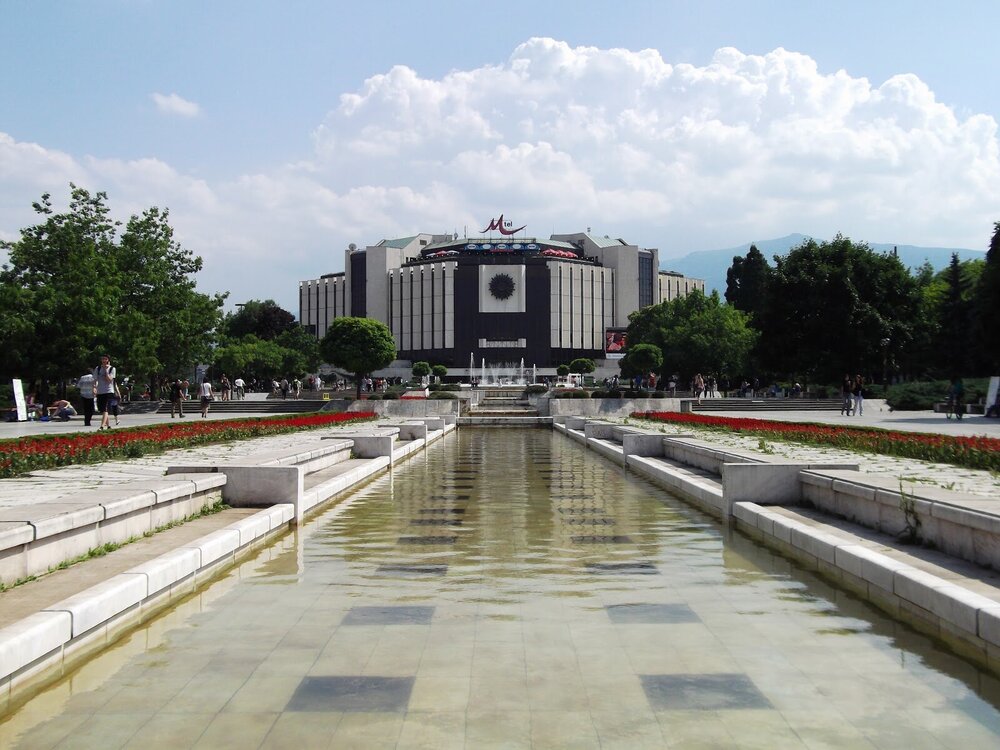
Sofia is a convenient starting point for traveling around Europe and several major low-cost carriers fly from here: Wizz air, Easy Jet, German wings and My air.

